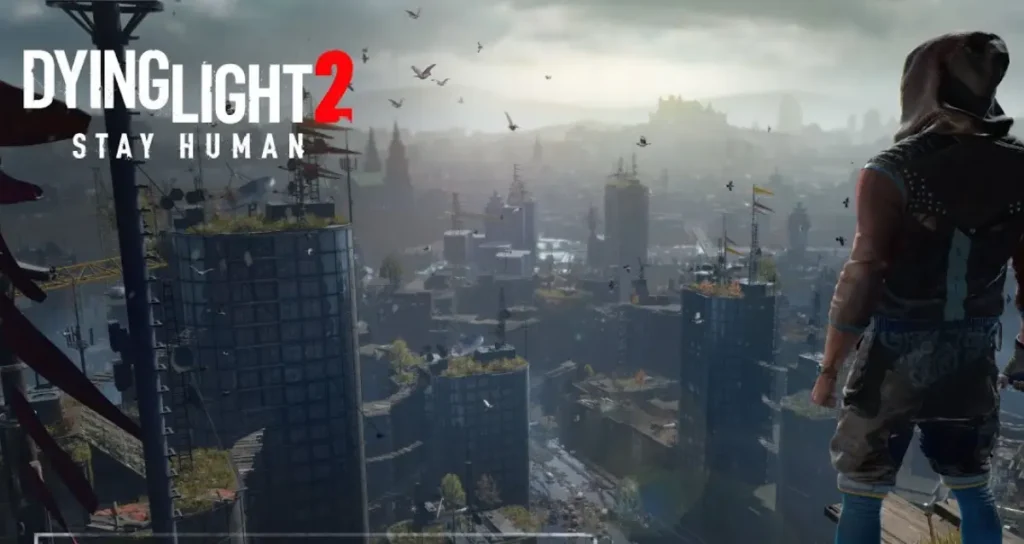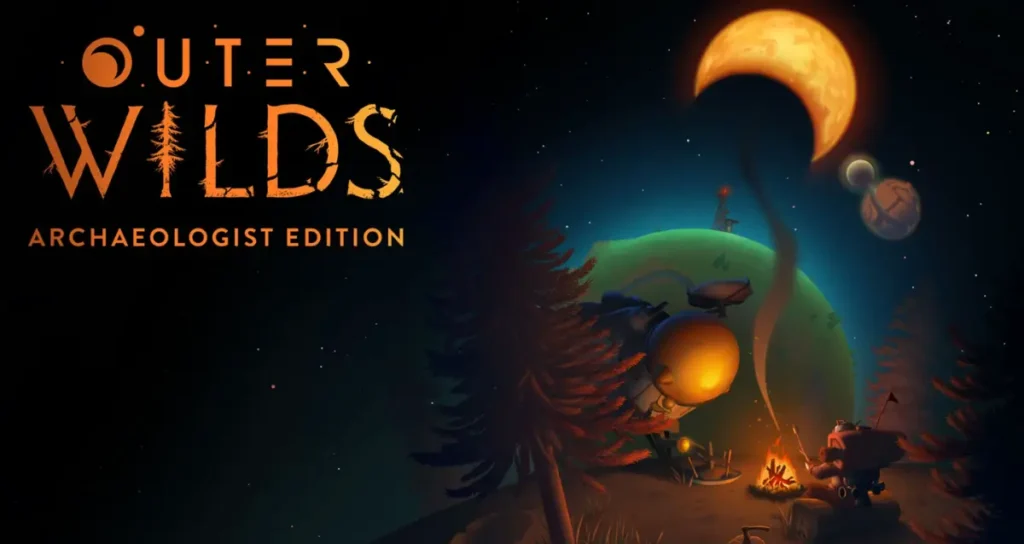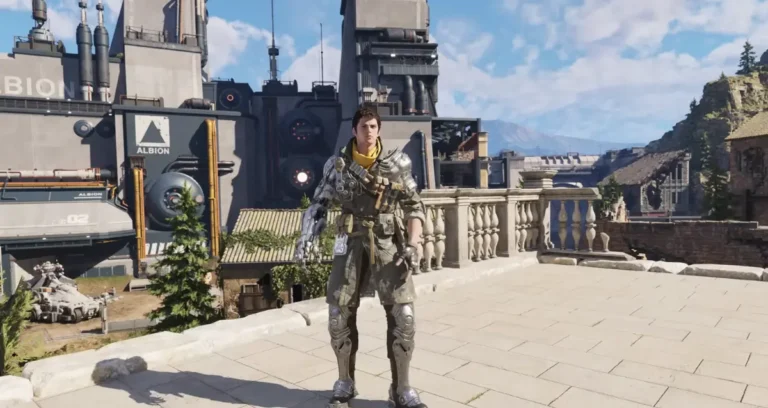10 Games Where the World Actually Changes
Change is a fundamental aspect of storytelling, but in many video games, the world remains static despite the twists and turns of the narrative. However, there are some exceptional titles where the environment evolves in response to the story or the player’s actions, creating a more immersive and dynamic experience. Here are ten games where the world truly changes.
1. Batman: Arkham Asylum
Arkham Asylum is a masterclass in environmental storytelling. The game starts with a relatively controlled situation in the titular asylum, but as the story progresses and the inmates gain the upper hand, the environment deteriorates into chaos. What begins as a straightforward prisoner riot gradually descends into total anarchy, with the asylum’s appearance changing accordingly.
From abandoned checkpoints to snipers and Poison Ivy’s overgrown plants, the asylum evolves in response to the escalating conflict, making it a living, breathing part of the narrative. This gradual transformation adds a layer of realism and depth to the game, making the world feel reactive and alive.

2. Pathologic 2
Pathologic 2 is an example of a world that reacts to the player’s actions—or inactions—in a profoundly unsettling way. Set in a plague-ridden town, the game forces players to make difficult decisions about who to save and who to let die, as it’s impossible to help everyone.
The town deteriorates over the course of 12 real-time days, with districts falling into ruin as the plague spreads uncontrollably. The game’s grim atmosphere is amplified by the constantly shifting environment, reflecting the consequences of the player’s choices and the inevitable decline of the town.

3. Dying Light 2
In Dying Light 2, the world changes based on which faction the player chooses to support: the militaristic Peacekeepers or the more agrarian Survivors. As the player clears out key infrastructure and awards districts to one of these factions, the city of Villedor transforms accordingly.
Peacekeepers fortify their territories with metal structures and guard towers, while Survivors create rooftop gardens and safe zones. These changes not only alter the visual landscape but also affect gameplay, making traversal easier or more dangerous depending on the player’s choices.

4. Prototype
Prototype offers a different take on a changing world, with Manhattan gradually succumbing to a deadly infection. As the game progresses, the city becomes increasingly overrun by zombies and monsters, with infection zones spreading across the map.
The military’s presence grows stronger as they battle the infected, leading to constant chaos and conflict on the streets. Unlike many open-world games where the world becomes safer as the story progresses, Prototype’s environment only gets more dangerous, adding to the game’s frenetic and apocalyptic atmosphere.

5. Prey (2017)
Prey starts as a fairly linear experience, with players exploring the space station Talos I in a structured manner. However, as the game progresses, the alien Typhon begins to take over the station, drastically altering the environment.
Areas that were once safe become infested with more dangerous enemies, and resources become scarcer. This shift forces players to adapt, making careful decisions about how to navigate the station and manage their supplies. The changing environment turns the game into a navigation puzzle, adding tension and complexity to the gameplay.

6. Vampyr
Vampyr, set in a plague-ridden London, allows players to shape the city’s fate through their actions. As a vampire, the player must balance the need for blood with the desire to save the city from ruin.
Killing important characters or neglecting to cure the sick can lead to entire districts falling into chaos, with new enemies appearing and resources becoming scarce. The game’s world reacts to the player’s moral choices, creating a dynamic environment where the stakes are always high.

7. Outer Wilds
Outer Wilds is a puzzle-exploration game set in a miniature solar system caught in a time loop. Over the course of 22 minutes, the game’s planets undergo significant changes—sand fills caves, black holes tear planets apart, and a dam breaks, flooding a space station.
These environmental shifts are crucial to solving the game’s mysteries, requiring players to time their exploration carefully. Although the changes reset after each loop, they add a sense of urgency and discovery to the gameplay.

8. Death Stranding
Death Stranding transforms its world through the player’s actions as they reconnect isolated bunkers to a central network. Initially, the world is barren and difficult to traverse, but as players establish infrastructure like roads, bridges, and ziplines, the environment becomes easier to navigate. This transformation not only alters the landscape but also fundamentally changes how the game is played, turning it from a challenging trek into a more streamlined and efficient journey.

9. The Saboteur
The Saboteur uses color to visually represent the player’s progress in liberating Paris during World War II. The game begins in a black-and-white world, with only splashes of red, symbolizing the Nazi occupation. As the player destroys German bases and liberates sections of the city, color returns to the world, and the oppressive atmosphere lifts. This unique mechanic not only highlights the player’s impact on the world but also adds a striking visual element to the gameplay.

10. Project Zomboid
Project Zomboid offers a grim depiction of a zombie apocalypse, where the world gradually falls into ruin. As the days pass, essential services like electricity and running water shut off, food spoils, and nature begins to reclaim the environment. Buildings decay, roads become overgrown, and survival becomes increasingly difficult. The game’s dynamic world forces players to adapt to the changing conditions, making each playthrough a unique and challenging experience.

Bonus Games
Mega Man X
In Mega Man X, the order in which levels are completed can dramatically alter the environment in other stages. For example, defeating Chill Penguin first causes Flame Mammoth’s stage to freeze over, making it easier to navigate. This level of reactivity was unique at the time and added a strategic element to the game, encouraging players to experiment with different routes.
Final Fantasy VI
Final Fantasy VI is a classic example of a game that drastically alters its world. Midway through the game, a cataclysmic event transforms the World of Balance into the World of Ruin, rearranging the map and introducing a darker, post-apocalyptic atmosphere. This shift is a defining moment in the game, marking a turning point in the story and gameplay.
These games demonstrate the power of a dynamic world in enhancing the player’s experience, making their journey more immersive, challenging, and memorable. Whether through gradual environmental changes, player-driven decisions, or dramatic shifts, these titles show that when a game’s world changes, it can create a truly unforgettable experience.
Conclusion
In the evolving landscape of video games, the worlds that change around us are a testament to the immersive storytelling and dynamic design that developers strive for. These ten games exemplify how environmental shifts can not only enhance gameplay but also deepen our emotional engagement with the narrative.
From the chaotic downfall of Arkham Asylum to the grim realities faced in Pathologic 2 and the surreal transformations in Death Stranding, these games offer players experiences where the world itself becomes a character—morphing, reacting, and challenging us at every turn.
Such dynamic environments make our choices feel weightier and our journeys more impactful. Whether it’s through gradual decay, sudden upheaval, or player-driven changes, these worlds reflect the very essence of the stories they tell, urging us to adapt, strategize, and immerse ourselves fully.
As gaming technology advances, we can only anticipate more of these richly reactive worlds, where every decision leaves a lasting mark, making each playthrough a unique and unforgettable experience.
FURTHER READING







